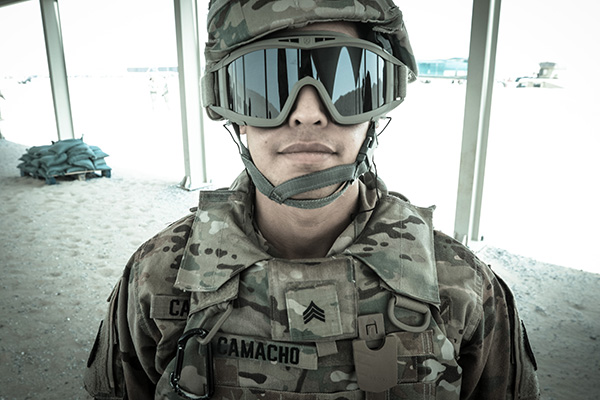Military grade personal protective equipment is, in the modern age, designed to provide a wide range of gear, allowing the safeguard of soldiers in the field, against threats including chemical, biological, radiological and nuclear. There are also conventional hazards, and these mean a need for body armour, gas masks, protective suits and gloves. There is also specific equipment designed for the necessary tasks.
There are companies who are setting new levels of protective workwear for our emergency services and military personnel. Some are committed to dealing with superior impact and blunt force trauma protection. their designs are particularly useful for helmets and tactical workwear.
Products in the modern era are created for their durability, lightweight design and comfort, thus allowing users to perform their duties efficiently without any hindrance. Companies are investing heavily in research and development allowing for the top-grade equipment to be available to our military and law enforcement personnel. They are also combining their talents by having a presence at universities giving them valuable insights. This puts them at the front of innovation and supports their communities and environment.
Some of the cutting-edge gear include head protection which have the capacity to offer unparallelled comfort, impact resistance and shock absorption. They can be made of ballistic fibres and advanced composite materials. They are designed for lightweight, high-performance protection.
Because of the variety of environments personnel find themselves in, there are specific limb protection measures taken regarding situations faced by military and law enforcement personnel, such as specific elbow pads, one of those things you don’t always see the need for. These are ergonomic and provide comfort in many different climates. As important are knee pads designed to specific requirements for durability in harsh conditions.
For the hands, and this includes knuckles there are specific gloves which meet the needs of the modern law enforcement personnel. They deliver back-of-hand protection in a comforting fit. Also, they provide protection from chemical, biological and radiological agents and resistance to extreme temperatures.
Boots and shoes should not be overlooked and those which provide a level of protection, comfort and flexibility are necessary for the modern user. They, also, need to be resistance to agents that may fall near to the feet or on the ground.
Respiratory masks, to filter out airborne particles and goggles and shields to guard against splashes in or near the eyes are also obligatory out in the field.
An innovation called (BFD) or back face deformation foam is now available for use in body armour. While some offer impact resistance from high-velocity projectiles the (BFD) using suits dissipate the impact as well increasing survivability of soldiers and law enforcement officers.
In some cases, whole protective suits are necessary. They must be lightweight, liquid-tight and gas-tight to guard against chemical and biological agents. In some cases, specialized equipment is necessary including inflatable shelters and decontamination showers.
When it comes to regulations in military PPE, there are differences in the standards set between military and civilian bodies. The main being a higher focus on (CBRN) or Chemical, Biological, radiological and Nuclear for the military.


